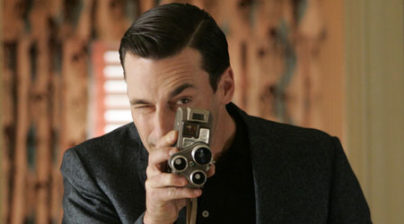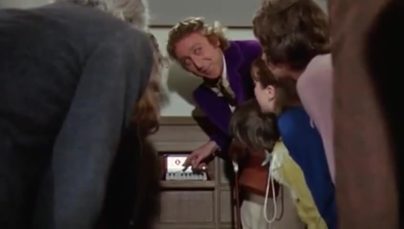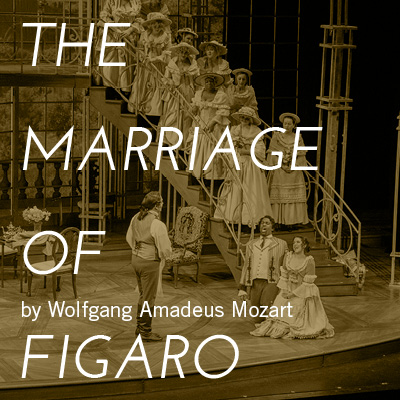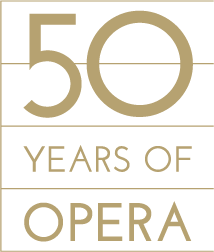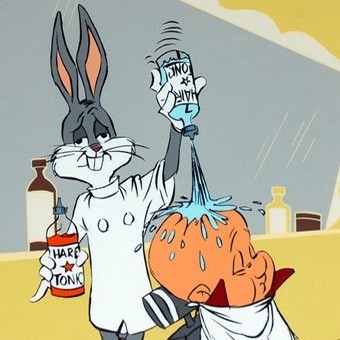Opera is deeply ingrained in our popular culture. The art form has long been a rich source of themes seen in film, TV, advertisements, and more recently, video games. Opera has helped to amplify the most dramatic scenes in movies, inspired all-out parodies and fanciful plot devices, and added comic relief to a plethora of TV advertisements. Here is a collection of our favorites pop culture references to Mozart’s masterpiece of masterpieces, The Marriage of Figaro.
Mad Men
One of the first episodes in the dramatic series, Mad Men (an award-winning drama about the high-pressure and glamorous world of Madison Avenue advertising firms) titled “The Marriage of Figaro”mimics the opera’s intertwining romances. In one scene, at the birthday party of Sally Draper, the viewer can hear music from the opera in the background.
Shawshank Redemption
One particularly memorable scene from the film Shawshank Redemption captures the essence of the film’s message of inner freedom irrespective of external circumstance. In this moving scene, former banker and wrongly-accused inmate Andy Dufresne locks himself in his Shawshank State Prison office and broadcasts “Canzonetta Sull’aria” from the opera The Marriage of Figaro over the prison’s PA system for all inmates to hear. The music lifts the spirits of the inmates, as described by the narrator in the film:
“I have no idea, to this day, what those two Italian ladies were singing about. Truth is, I don’t want to know. Some things are best left unsaid. I’d like to think they were singing about something so beautiful it can’t be expressed in words and makes your heart ache because of it. I tell you, those voices soared higher and farther than anybody in a gray place dares to dream. It was like some beautiful bird flapped into our drab little cage and made those walls dissolve away, and for the briefest of moments, every last man in Shawshank felt free.”
Those words eloquently contradict the notion that opera needs to be understood in order to be appreciated, something that keeps many from opening themselves up to the art form.
So, what were ‘those two Italian ladies’ singing about? Coincidentally (or perhaps intentionally), the aria revolves around exposing duplicity and infidelity, similar to the film’s title character, Dufresne, who is framed for a murder resulting from his own wife’s extramarital affair.
The King’s Speech
In a triumphant overcoming, Bertie–later King George VI of England–is finally successful in eliminating his stammer with the aid of music from Mozart’s The Marriage of Figaro. Under the direction of his speech therapist, Bertie utilizes headphones to muffle the sound of his speech, allowing the soon-to-be King the ability to speak like one.
Willy Wonka
In this classic children’s film, the viewer watches Willy Wonka play the overture from The Marriage of Figaro to unlock the famous chocolate factory doors. In the scene, Mrs Teevee, one of the children’s mothers, incorrectly claims the music is composed by Rachmaninoff, giving no credit to Mozart.
Zombie Land
The 2009 American zombie comedy, Zombieland, featured the overture from The Marriage of Figaro in a scene where the characters have fun by haphazardly destroying the merchandise in an unoccupied storefront.
May 4 & 5 | 7:30 PM | DeVos Performance Hall
OPERA | CLASSIC | COMEDY | ITALIAN
The quintessential comic opera.

